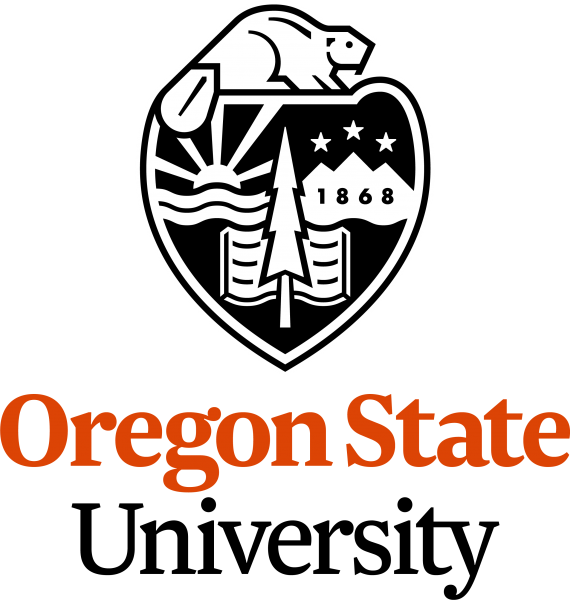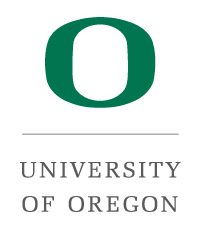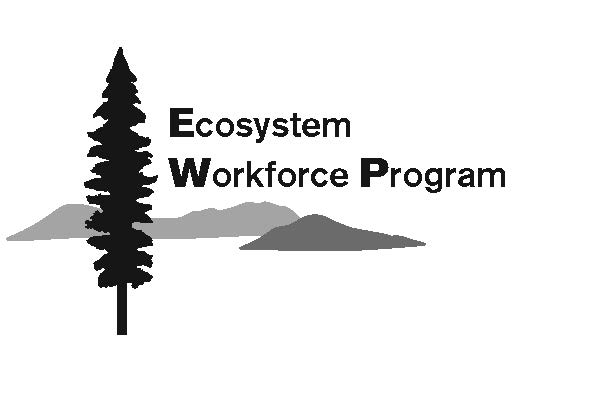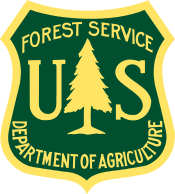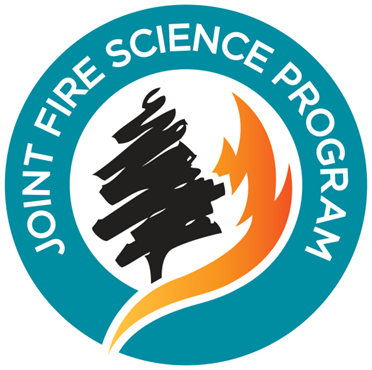Publications Library
. The normal fire environment—Modeling environmental suitability for large forest wildfires using past, present, and future climate normals Forest Ecology and Management. 2017;390.
. NWFSC Activity Report - Climate change assessment for Tribal lands in the Pacific Northwest.; 2017. Tacoma workshop report.pdf (6.96 MB)
Tacoma workshop report.pdf (6.96 MB)
. NWFSC Research Brief #14: Engagement Strategies: Helping Facilitate Development & Implementation of Adaptation Options.; 2017. NWFSC_RB14_Engagement strategies.pdf (1.89 MB)
NWFSC_RB14_Engagement strategies.pdf (1.89 MB)
. Tamm Review: Shifting global fire regimes: Lessons from reburns and research needs Forest Ecology and Management. 2017;396.
. Adapting fuel treatments in a changing climate - Prescribed fire, mechanical treatments, wildfire, and restoration. Northern Rockies Fire Science Network; 2016. Available at: http://nrfirescience.org/resource/15075. NRFSNWorkshopSummary3_AdaptingFuelTreatments.pdf (493.6 KB)
NRFSNWorkshopSummary3_AdaptingFuelTreatments.pdf (493.6 KB)
. Assessment of wildland fire impacts on watershed annual water yield: Analytical framework and case studies in the United States Ecohydrology. 2016. Available at: http://onlinelibrary.wiley.com/doi/10.1002/eco.1794/epdf.
. Available Science Assessment Project: Prescribed Fire and Climate Change in Northwest National Forests. ().; 2016:151. ASAP_final_report_1 November.pdf (2 MB)
ASAP_final_report_1 November.pdf (2 MB)
. Climate-driven changes in forest succession and the influence of management on forest carbon dynamics in the Puget Lowlands of Washington State, USA Forest Ecology and Management. 2016;362.
. Developing and Implementing Climate Change Adaptation Options in Forest Ecosystems: A Case Study in Southwestern Oregon, USA Forests. 2016;7(11).
. Does prescribed fire promote resistance to drought in low elevation forests of the Sierra Nevada, California, USA? Fire Ecology. 2016;12(1). Available at: http://fireecologyjournal.org/journal/abstract/?abstract=266.
. Effects of Drought on Forests and Rangelands in the United States: A Comprehensive Science Synthesis.; 2016. DROUGHT_book-web-1-11-16.pdf (7.75 MB)
DROUGHT_book-web-1-11-16.pdf (7.75 MB)
. Forest management scenarios in a changing climate: trade-offs between carbon, timber, and old forest Ecological Applications. 2016.
. Global trends in wildfire and its impacts: perceptions versus realities in a changing world Philosophical Transactions of the Royal Society B. 2016;371(1696).
. How will climate change affect wildland fire severity in the western US? Environmental Research Letters. 2016;11(3).
. Impact of anthropogenic climate change on wildfire across western US forests Proceedings of the National Academy of Sciences. 2016;113(42).
Incorporating Anthropogenic Influences into Fire Probability Models: Effects of Human Activity and Climate Change on Fire Activity in California. PLOS One. 2016.
. Increasing western US forest wildfire activity: sensitivity to changes in the timing of spring. Philosophical Transactions of the Royal Society. 2016;371.
. Living on a flammable planet: interdisciplinary, cross-scalar and varied cultural lessons, prospects and challenges Philosophical Transactions of the Royal Society B. 2016;371(1696).
. National Climate Change Interpretation and Education Strategy. Washington, DC: National Park Service; 2016:20 p. Available at: https://www.nps.gov/subjects/climatechange/upload/FINAL-NCCIES-508-LowRes.pdf.
. Opportunities to utilize traditional phenological knowledge to support adaptive management of social-ecological systems vulnerable to changes in climate and fire regimes Ecology and Society. 2016;21(1).
. Particulate air pollution from wildfires in the Western US under climate change Climate Change. 2016;138(3).
. Restoring forest structure and process stabilizes forest carbon in wildfire-prone southwestern ponderosa pine forests Ecological Applications. 2016;26(2). Available at: http://www.treesearch.fs.fed.us/pubs/52476.
. REVIEW: Searching for resilience: addressing the impacts of changing disturbance regimes on forest ecosystem services Journal of Applied Ecology. 2016;53(1).
. Socioecological transitions trigger fire regime shifts and modulate fire–climate interactions in the Sierra Nevada, USA, 1600–2015 CE Proceedings of the National Academy of Sciences. 2016;Online early.
. Wildfire, climate, and invasive grass interactions negatively impact an indicator species by reshaping sagebrush ecosystems Proceedings of the National Academy of Sciences. 2016;Online early.

